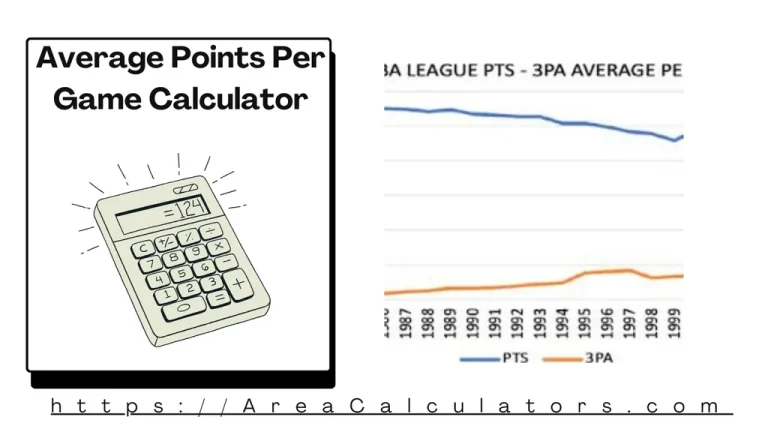Dew Point Calculator
To determine your draw length, subtract 15 from your wingspan and divide the result by 2.
The Draw Length Calculator is an essential tool for archers to find their ideal draw length based on their physical dimensions, particularly wingspan. Proper draw length ensures optimal shooting form, accuracy, and comfort, whether using a recurve or compound bow.
Formula
DL = (WS − 15) / 2
| Variable | Description |
|---|---|
| WS | Wingspan (measured fingertip to fingertip in inches) |
| DL | Draw Length (in inches) |
Solved Calculations
Example 1: Draw Length for 5’9″ Wingspan
| Step | Value |
|---|---|
| Wingspan (WS) | 69 inches |
| Draw Length (DL) | (69 − 15) ÷ 2 |
| Result | 27 inches |
Example 2: Draw Length for 6’2″ Wingspan
| Step | Value |
|---|---|
| Wingspan (WS) | 74 inches |
| Draw Length (DL) | (74 − 15) ÷ 2 |
| Result | 29.5 inches |


